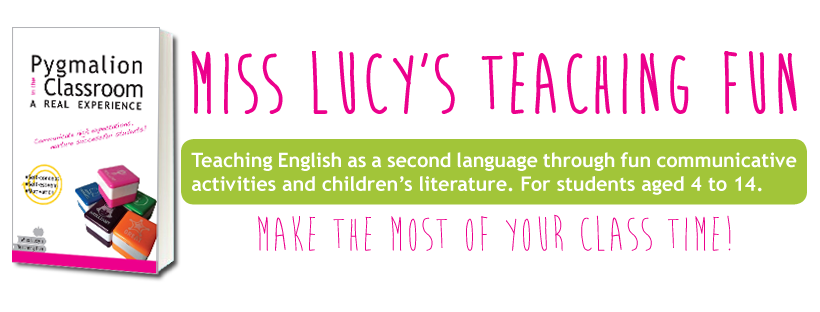It's almost June and official exams for children who attend primary school are on their way!
Is any of your students sitting the Cambridge YLE Flyers exam?
If the answer is yes, but also if it's no, here you'll find a game to review the most difficult words from the official vocabulary list.
Divide the class into teams, and have children from one team reading the definitions while children from the other teams try to guess what it is being described.
If you'd like to buy the paper version of the game you can place an order on my BigCartel shop. I'll personally send you the .pdf file!
The digital version of Guess What?!? is also available on Amazon.com, Amazon.es, Indigo, Kobo and Libris
Never underestimate the power of a quiz game when you're teaching English to children!!!
Actually, I think that many adult students could also get some advantages on using this game.
Have fun!






Is any of your students sitting the Cambridge YLE Flyers exam?
If the answer is yes, but also if it's no, here you'll find a game to review the most difficult words from the official vocabulary list.
Divide the class into teams, and have children from one team reading the definitions while children from the other teams try to guess what it is being described.
If you'd like to buy the paper version of the game you can place an order on my BigCartel shop. I'll personally send you the .pdf file!
The digital version of Guess What?!? is also available on Amazon.com, Amazon.es, Indigo, Kobo and Libris
Never underestimate the power of a quiz game when you're teaching English to children!!!
Actually, I think that many adult students could also get some advantages on using this game.
Have fun!





























